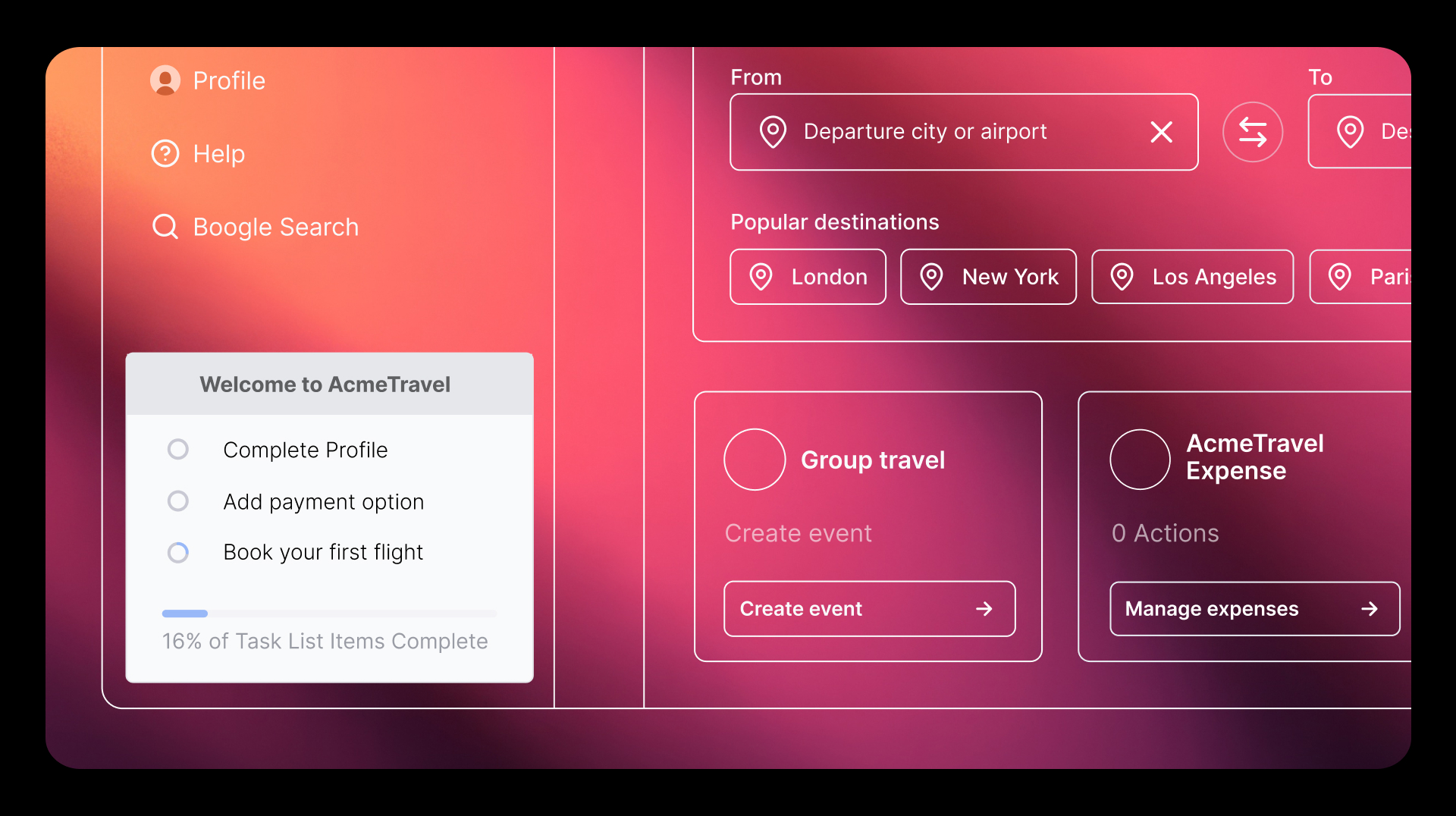Most PMs are smart — wicked smart. The breadth of skill, pace of work, and amount of change they can handle are all off the charts.
But this creates a problem for many PMs. When you are smart and fast, it’s natural to want to fill in the blanks. It’s easy to stop listening when you think you know the answer. And product managers are often hired to “know the answer.” This becomes a major issue when your job is to understand others.
Empathy in product management means being able to slow down enough to listen and observe, humble enough to learn and change, and able to not only know what someone is dealing with but to feel and understand it with them.
Why is empathy critical for building products?
Empathy is all about feeling with people vs. just intellectually acknowledging their situation. One of the biggest product team pitfalls is working on the wrong problem. Without empathy, you almost guarantee you will miss out on insights about the best problem to solve and/or the right audience to solve that problem for, even when you’re using proven approaches like progressive discovery.
I was called in to guide an asset management firm redesigning an internal product used to run operations. The team had paid for beautiful designs, but the product manager had concerns about how long it would take to build. As we coached the team to help them avoid months of building only to get a mediocre response from users at launch (the norm for other initiatives they’d tried), we kept on digging. The question “then what” can be powerful when used over and over again.
Not only did we find out the problem they were trying to solve wasn’t the real problem (we went from “re-platforming” and “save time for the operations team” to “impact the speed and quality of investment decisions”), but we discovered the team wasn’t aware that the real value they could provide was for a different user than they expected. Suddenly, they changed “saving a few hours for a couple of dozen people” into “impacting multi-million dollar decisions for their investment decision-makers.” With a renewed focus on what mattered, they spent time empathizing with this additional user group. What was expected to run over time and over budget ended up shipping three months early.
Product management is like golf—you’re rewarded for doing less more accurately. Empathy helps you do just that.
How do we actually build empathy as a skill?
A student once came to Bruce Lee and asked, “Master, what can I do to kick faster?” Bruce Lee simply responded, “Kick faster.”
How do you build empathy? Be empathetic.
Empathy is a skill built by doing, not by thinking about doing. According to IBM’s Research Report, “… skills required today take longer to learn because they are behavioral, such as teamwork, communication, creativity, and empathy. These skills are best developed through real-world experience rather than structured learning programs.”
Here are three things you can do today to practice empathy in a way that will make you a better product manager.
1. Listen
Get out of the building. Reach out and get into conversations with others. As a product manager, you should be observing and listening to users on at least a weekly basis (ideally, multiple times a week).
This is best done through a combination of research techniques, including observation, conversational research, UI/UX testing, support conversations, and networking.
Some PMs complain that they are kept at arm’s length from users. To anyone in this situation, I implore you to find a way to make it work. Start talking to friends, build rapport with someone from sales/support that can get you access, or listen in online forums where your users spend time. Find a way or make one. Your product will be better for it.
2. Turn insights into action
The best insights mean nothing if you don’t a. remember them or b. share them with others. A notebook or running document is a good starting point. In addition, you’ll find value in creating a regular processing habit. Set a timer for 25 minutes and review your previous notes. Progressive summarization is a powerful technique for creating meaningful insights out of lots of qualitative data.
Remember that having an insight is not the same as communicating and/or applying it.
3. Shorten feedback loops (aka, get back into more conversations)
When you have forward progress, go back and quickly validate with additional conversations. After a feature launches, go watch someone use it. Don’t assume you know about every change in the market — reach out and talk to people. If your processes lack opportunities for feedback, you lose the potential for empathy.
Understanding how to overcome the fear of failure creates the culture of learning required for short feedback loops. Empathy grows when you can quickly learn and adjust.
On many teams, engineers build something, then pass it off to deployment and support. The best companies find ways to keep this loop tight. How much do your engineers engage with support? Can you find touchpoints that make sense so they can feel the pain of poor decisions and fix them vs. only hearing about the number of incidents?
What does this actually look like?
Most of what’s written on empathy, especially for product teams, is theoretical. This stuff is easy to talk about and hard to do. Let’s go through two examples from the real world.
LearnIn
Time and time again, I’ve seen my own arrogance get in the way of building the best thing. But when I humble myself and engage in observation, the product always improves.
I vividly remember sitting next to someone as they tested LinkedIn’s LearnIn (the first internal learning platform that led to LinkedIn Learning). Watching silently, seeing someone miss navigation that I thought was obvious, get lost in unclear instructions, or react with confusion when they were directed to another app to consume content … these were all painful initially, but wonderful learning experiences as we adjusted and moved forward.
This was how we uncovered and validated our biggest driver of internal engagement. One of these tests yielded someone commenting, “You know what I really want? I want to know what the CEO and head of engineering are learning about. If I could see their up-to-date lists of learning, I would check this all the time.”
When we put together a quick test of content executives were consuming, the response was through the roof. This was one of many ways we got LearnIn to 73% monthly engagement across a 10k user population.
One empathy trap is thinking you know because you’ve spent time with users. I’m telling you from repeated, painful experiences that however sure your hunch, you have to observe how your product performs in the wild. Not just summarization data — observation and conversation.
Xerox PARC
Another example is from the early history of Silicon Valley. One of my favorite books about innovation, Dealers of Lightning, tells the tale of how many of the technologies we now use daily started at Xerox PARC (Palo Alto Research Center). The whole book is well worth the read. Here’s a great nugget about how empathy played a part in the creation of modern-day word processing:
“[Lawrence Tesler’s] first breakthrough at Xerox PARC came when he took a newly hired secretary, sat her in front of a blank computer monitor and took notes while she described how she would prefer to compose documents with a computer. She proceeded to describe a very simple system, which Mr. Tesler then implemented with Mr. Mott.” (NY Times)
Listening leads to breakthroughs. When you watch and listen, you learn. Isn’t it wonderful that a new secretary provided the insight for all of the word processing systems we use today (WYSIWYG)?
—
Being able to understand what others are feeling is critical not just to building great products, but also to building great teams.
Empathy is what many around the world are crying for as our society suffers from the impact of systems that stifle connection.
When you embrace empathy, you can let go of the arrogance that often impedes learning about someone else. Empathy enables you to build products for humans. Solving a real problem for a real person is what most product managers genuinely want. The path to greater meaning in your work and your impact through your product is empathy.


